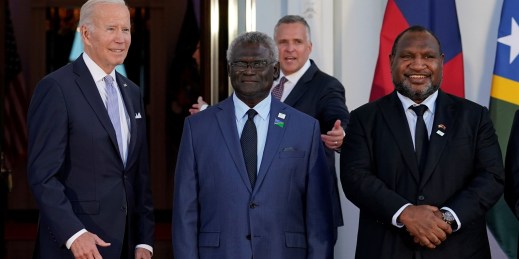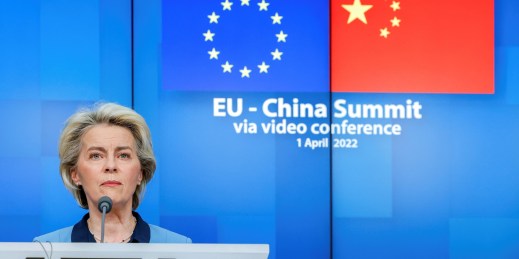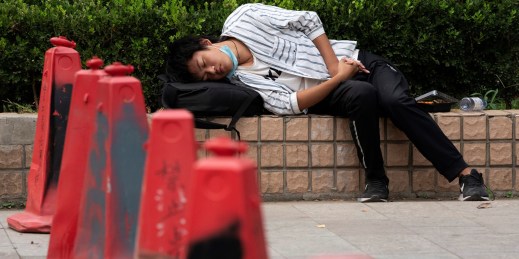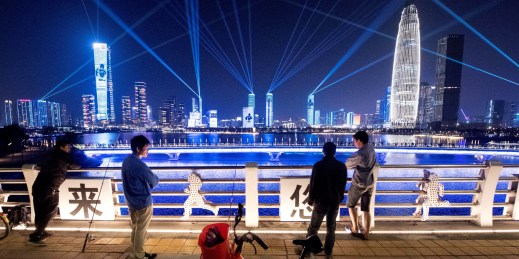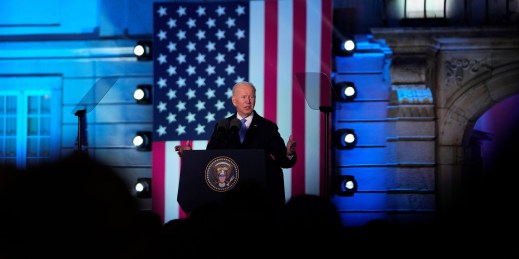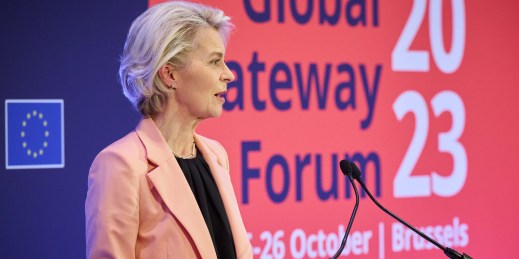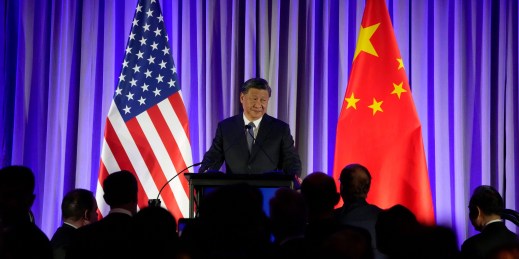
Two weeks ago in San Francisco, Chinese President Xi Jinping gave a speech to a gathering of U.S. business leaders that was chock full of his signature ideological ideas, including “Chinese-style modernization.” Why did Xi lecture them about these ideas? And what does Chinese-style modernization mean for U.S.-China relations?

